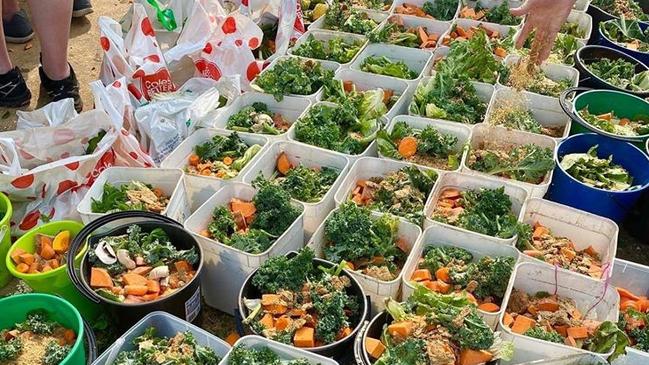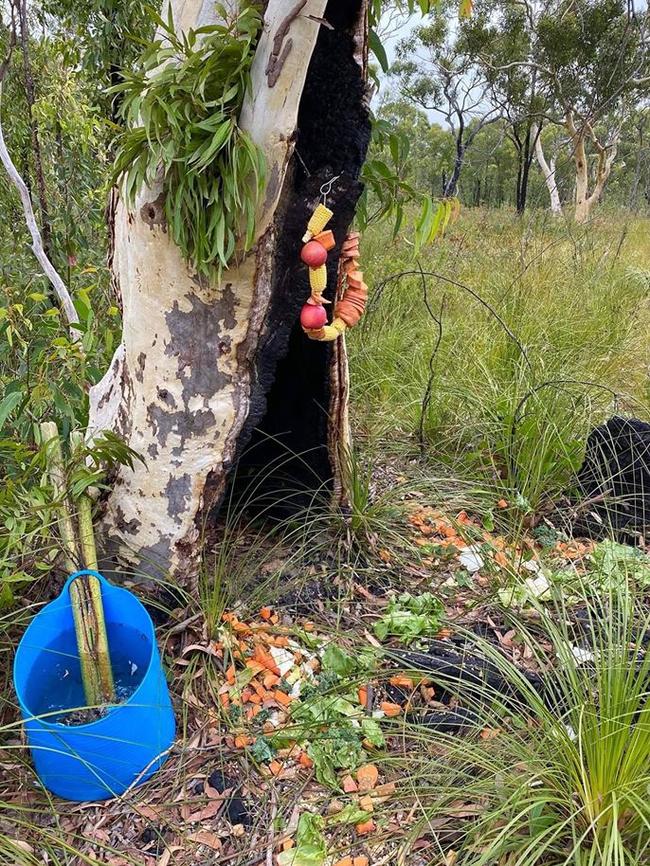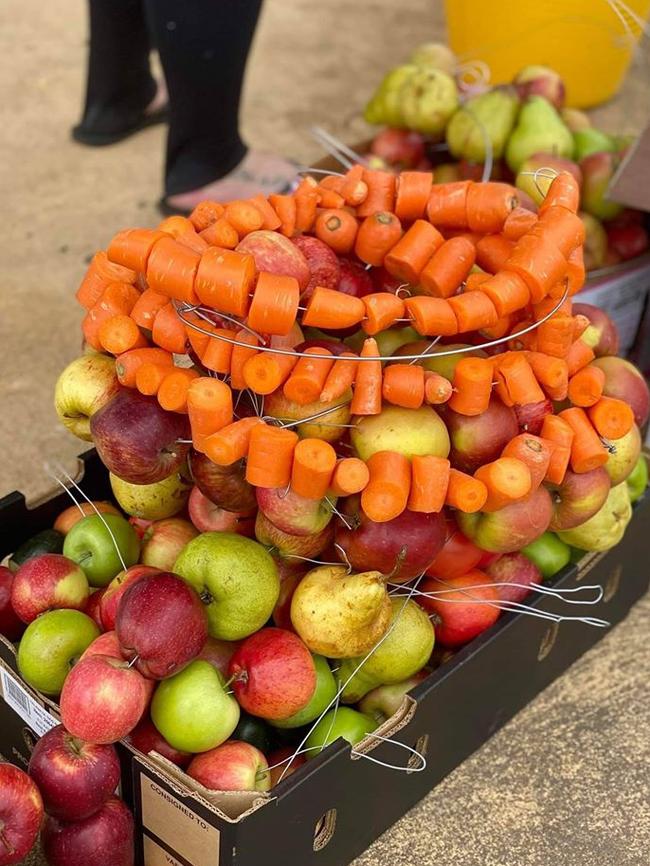Central Coast wildlife: Volunteers spread food and water in bushfire affected areas
Hundreds of volunteers have been out in force preparing and distributing food and water for wildlife in bushfire affected areas on the Central Coast … and you can help in your own backyard.

Central Coast
Don't miss out on the headlines from Central Coast. Followed categories will be added to My News.
- Gosford’s $300m Gateway Centre revamp to boast education precinct
- Good sports! Soccer joins cricket, tennis and others to raise money for fire victims
Hundreds of volunteers braved the heat over the weekend to help our local wildlife in need.
They came in droves and spread food and water throughout bushfire-affected areas in and around Blue Haven, Charmhaven, San Remo and Buff Point.
The volunteer efforts were co-ordinated by Central Coast Wildlife Search and Rescue, which set up a base at Blue Haven Oval putting together boxes of fruit along with bird feeders and fruit kebabs to hang from trees.
The food, along with drums and drums of water, were spread through safely accessible areas affected by the recent bushfire which ripped through the area last week.
Central Coast Wildlife Search and Rescue’s Tracey Sullivan said she couldn’t put a number on the amount of volunteers who helped on Saturday and Sunday.

“Between people that showed up each day to those that sent deliveries, it was amazing,” she said.
“It’s just been incredible, we’ve never seen anything like it. We had people come with crates of Weet-Bix, bags of food and Central Coast Council were so supportive. We spread as much food and water around as possible.”
Mrs Sullivan said they chose to concentrate on the Blue Haven area as there were many pockets which had been untouched by fire, however the vegetation and food sources around those pockets had been destroyed. The drought has also taken its toll on wildlife and depleted food and water sources.
Janine Hooley, from Central Coast Wildlife Search and Rescue, said as volunteers headed home they took feeders and water drums to their local areas around the coast and as far as Newcastle.


“This is not just a Saturday and Sunday effort for us,” she said.
“It’s also educating people on how they can support wildlife in their own backyard by putting out feeders and water using milk cartons or a pot plant base.
“We are also keen to set up permanent stations that can be topped up with food and water.”
She said within two hours of setting up food stations around Blue Haven, kangaroos were seen in the area.
“The animals are finding the food and water,” she said.
“It’s just been amazing, the community support has blown me away.”
Mrs Sullivan said while it was important to help wildlife, it was crucial we don’t “kill animals with kindness”.

“These animals desperately need us right now but don’t feed them the wrong thing,” she said.
Australia Walkabout Wildlife Park owner Tassin Barnard has issued advice on feeding wildlife.
“With so many wonderful people putting food out to save our starving wildlife, we all have to know what is safe and what isn’t,” she said.
KANGAROOS: For kangaroos and wallabies, the safest food is grass pellets (pony pellets, horse fattener pellets, macropod pellets). Please do NOT feed animal pellets that contain seeds. Pellets do break down in the rain, so put them under cover. Orange vegetables and dark green vegetables and rolled oats are a good substitute too. Weet-Bix (the low sugar wheat biscuits from Coles and Woolies) are excellent. Native foods (flowers, leaves, grasses) are best but with the drought and fires they’re in short supply.
POSSUMS: Different kinds of possums have different types of gut systems. Fruit is dangerous for ringtail possums. If they eat fruit they commonly get “bloat”, a paralysed gut which is painful and life threatening. So if you are putting out food for possums and you can’t find enough native food for them, only feed non-sweet vegetables.
BIRDS: Feeding nuts should be OK. Please remember fruit and birdseed are dangerous for kangaroos and possums. Please don’t feed these anywhere where there may be other climbing or hopping wildlife (which is almost anywhere). What birds need most desperately is water. Most birds can fly long distances to new places to find food, as long as they have water.

